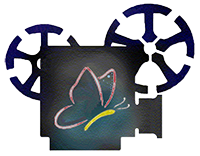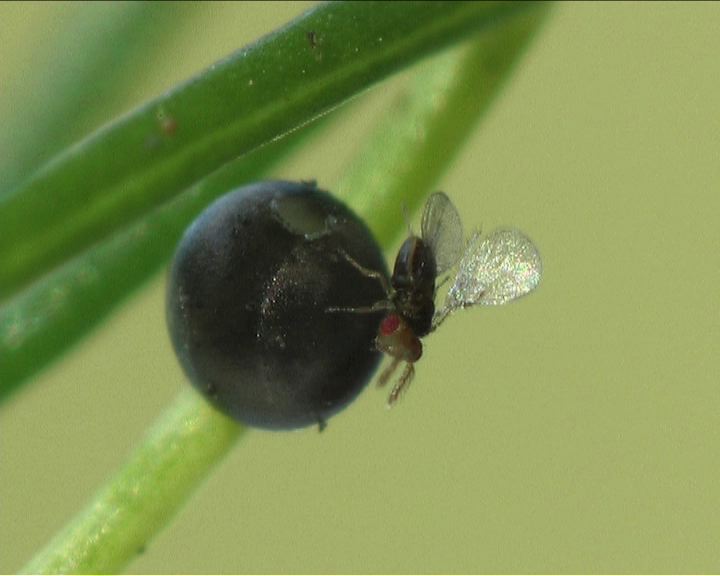

Chalcidoidea: Trichogrammatidae
The Trichogrammatidae are a family of tiny wasps in the Superfamily Chalcidoidea that include some of the smallest of all insects, with most species having adults less than 1 mm in length (0.3 - 1.2 mm). The over 833 species are in about 83 genera; their distribution is worldwide (Noyes, 2001). Trichogrammatids parasitize the eggs of many different orders of insects. As such, they are among the more importantbiological control agents known, attacking many pest insects especially Lepidoptera.
They are not strong fliers and are generally moved through the air by the prevailing winds. Their forewings are typically somewhat stubby and paddle-shaped, with a long fringe of hinged seta around the outer margin to increase the surface area during the downstroke. Males of some species are wingless, and mate with their sisters inside the host egg in which they are born, dying without ever leaving the host egg.
In the spring of 2015 a new project has started in France to inventory and identify all the different Trichogramma species in relation to their different hosts: TriPTIC Project, led by Dr. Jean-Yves Rasplus.
In the spring of 2014 for the first time in France Trichogramma gicai (Pintureau & Stefanescu, 2000) was reard from the eggs of Papilio machaon, a new host for T. gicai. Until 2014 T. gicai was only known from Spain (and Madera).
On the Iberian peninsula T. gicai was reared from eggs of Iphiclides podalirius (Linné, 1758) and the Noctuidae, Mamestra brassicae (Linné, 1775). From Madera T. gicai was reared from the endemic Pararge xiphia (Fabricius, 1775) and P. aegeria (Linné, 1758) (Gibbs et al., 2004).
Identified by Dr. Andrew Polaszek

From this egg two wasps emerged.
